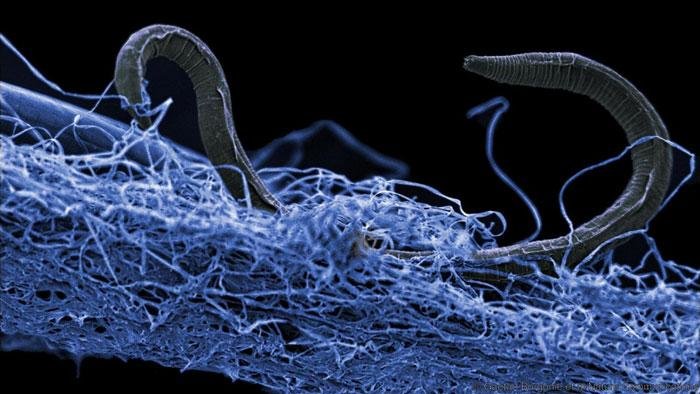The Hidden World of Earth’s Subsurface Microbes
Deep Carbon Observatory (DCO) scientists have discovered a vast community of ancient “zombie” lifeforms residing deep within Earth’s subsurface. These organisms, with a total carbon mass between 15 and 23 billion tonnes, contain 245 to 385 times more carbon than all humans on the surface combined. The findings emerged from a 10-year international collaboration aimed at unraveling Earth’s innermost secrets and studying subsurface microbial ecosystems.
A Different Approach to Survival
These “zombie” lifeforms have unique survival strategies, with some living for millions of years without reproducing. According to Karen Lloyd, a microbiology professor who led the study, these microbes invest most of their energy in maintaining their existence rather than growth, presenting a fascinating approach to life. Their slow metabolic processes allow them to thrive in environments with limited resources, making them extremely resilient.

Implications for Climate Change and Extraterrestrial Life
The research reveals that 70% of Earth’s bacteria survive beneath the surface. Some of these microbes can convert carbon into rock, potentially offering a solution to combat climate change. This process, known as carbon sequestration, could have far-reaching implications for managing global carbon emissions.
Furthermore, the study provides valuable insights into the possibility of finding similar lifeforms on other planets like Mars. If bacteria on Earth can survive several kilometers beneath the surface, it raises the possibility of discovering life in similar subsurface environments on Mars or other celestial bodies.
Rick Colwell from Oregon State University explains that understanding these subterranean organisms can help identify extraterrestrial environments capable of supporting life. As scientists continue to explore the depths of Earth’s subsurface, they also delve deeper into the possibilities of uncovering alien life in the most unexpected places.
Future Research and Exploration
The findings from the DCO collaboration pave the way for further research into these mysterious subsurface microbial communities. By learning more about their unique survival strategies and metabolic processes, scientists may uncover additional insights into Earth’s geological history and the potential for life beyond our planet.
As researchers continue to probe the depths of our world, the enigmatic “zombie” lifeforms dwelling beneath our feet serve as a constant reminder of the myriad mysteries still hidden within Earth’s depths, waiting to be discovered.
PLEASE READ: Have something to add? Visit Curiosmos on Facebook. Join the discussion in our mobile Telegram group. Also, follow us on Google News. Interesting in history, mysteries, and more? Visit Ancient Library’s Telegram group and become part of an exclusive group.
Join the Conversation!
Have something to share or discuss? Connect with us on Facebook and join like-minded explorers in our Telegram group. For the latest discoveries and insights, make sure to follow us on Google News.











